The Superintendents
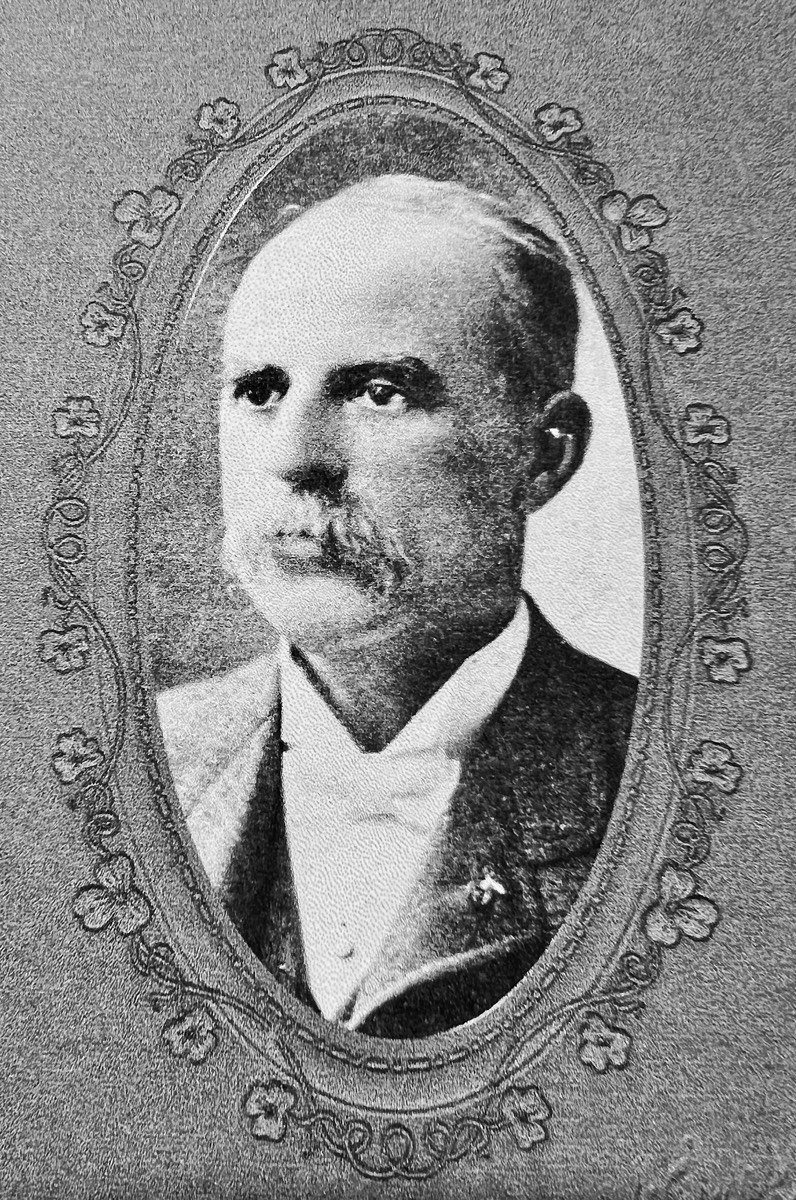
Dr. Archibald 1883-1896
Dr. Archibald was the assistant surgeon for the US Army under General Custer. He did not initially receive a salary. Although he had no formal psychiatric training he researched psychiatric hospital designs and chose the European cottage model. The cottage design had separate buildings arranged into a small village. This design was thought to emulate normal living and hasten recovery. It was in stark contrast to the Kirkbride hospitals built as large institutions with long connecting hallways.
Dr. Archibald accepted the first patients in May 1885. By 1889 the hospital was overcrowded and appropriations were cut by 2/3. Under his care, the hospital expanded farming, built an amusement hall, and organized volunteer services. By 1894 the overcrowding was so severe Dr. Archibald threatened to close the hospital and forbade counties from sending new patients until room was provided by either death or discharge.
Dr. Archibald was the assistant surgeon for the US Army under General Custer. He did not initially receive a salary. Although he had no formal psychiatric training he researched psychiatric hospital designs and chose the European cottage model. The cottage design had separate buildings arranged into a small village. This design was thought to emulate normal living and hasten recovery. It was in stark contrast to the Kirkbride hospitals built as large institutions with long connecting hallways.
Dr. Archibald accepted the first patients in May 1885. By 1889 the hospital was overcrowded and appropriations were cut by 2/3. Under his care, the hospital expanded farming, built an amusement hall, and organized volunteer services. By 1894 the overcrowding was so severe Dr. Archibald threatened to close the hospital and forbade counties from sending new patients until room was provided by either death or discharge.
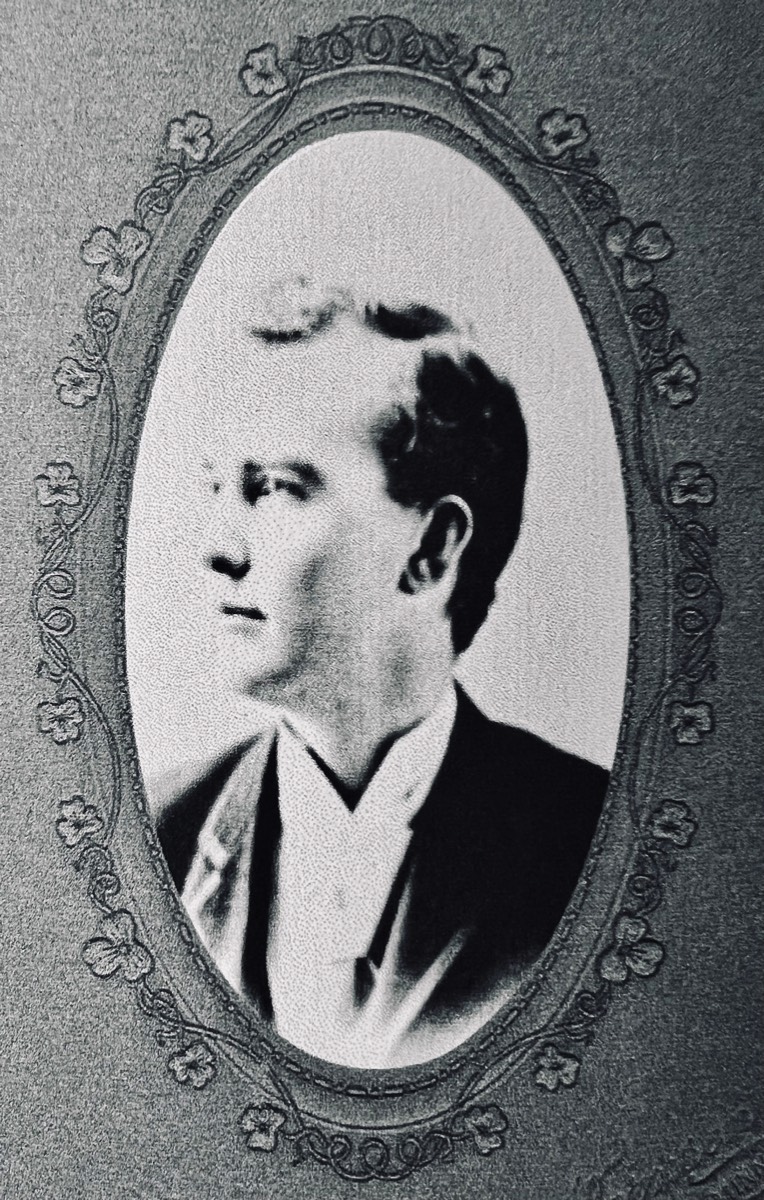
Dr. David Moore 1896-1906
Dr. Moore requested funds for a 2-year job training program for nurse aides. He initiated twice weekly lectures, established spiritual and occupational therapies, and proposed voluntary commitment ‘[W]hereby a person who may have reason to fear that an attack of insanity is about to supervene, during which he may be of harm to himself or others, may voluntarily commit himself to the hospital for treatment and restraint’.
Dr. Moore hired the first female physician. Severe overcrowding continued, requiring the barring of female admissions between 1899 and 1904. The 1904 legislature changed the law to make hospital payment by county insanity commissioners compulsory instead of encouraged.
Dr. Moore sought additional staffing to reduce the use of mechanical restraints and locking patients in their rooms all night.
Dr. Moore requested funds for a 2-year job training program for nurse aides. He initiated twice weekly lectures, established spiritual and occupational therapies, and proposed voluntary commitment ‘[W]hereby a person who may have reason to fear that an attack of insanity is about to supervene, during which he may be of harm to himself or others, may voluntarily commit himself to the hospital for treatment and restraint’.
Dr. Moore hired the first female physician. Severe overcrowding continued, requiring the barring of female admissions between 1899 and 1904. The 1904 legislature changed the law to make hospital payment by county insanity commissioners compulsory instead of encouraged.
Dr. Moore sought additional staffing to reduce the use of mechanical restraints and locking patients in their rooms all night.
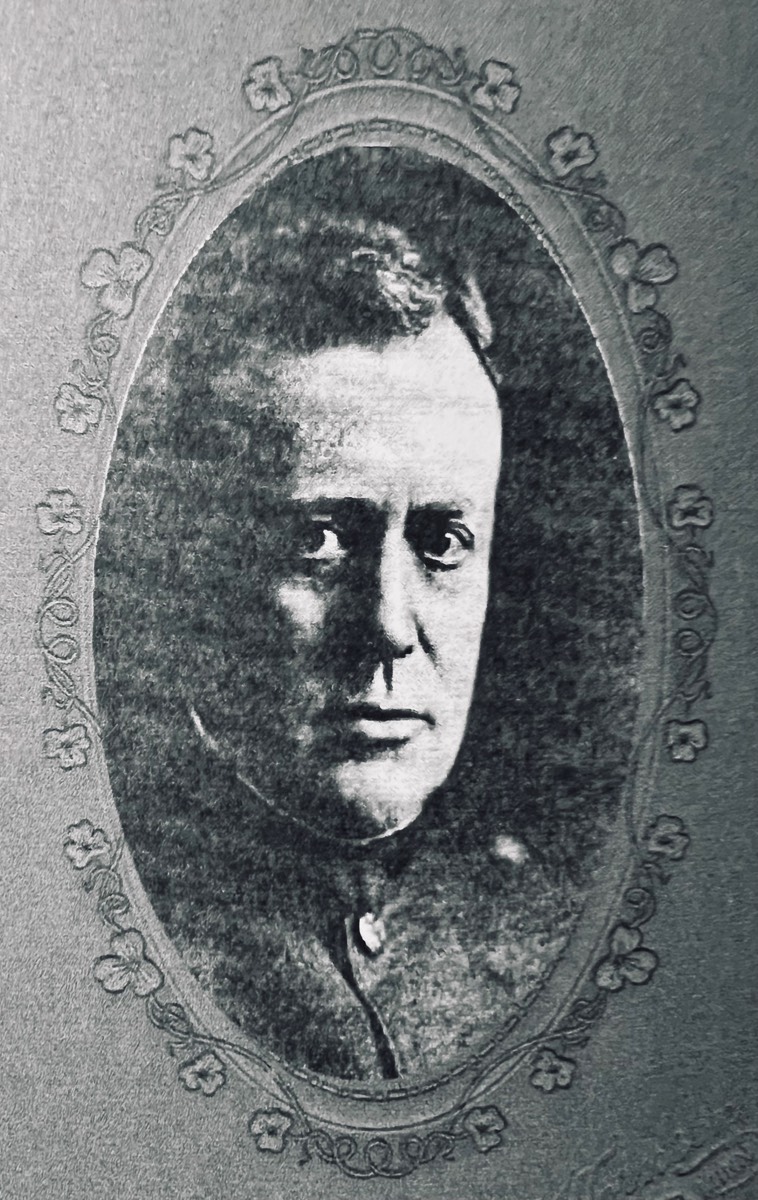
Dr. Baldwin 1908-1910
The 1911 legislature abolished the hospital’s board of trustees and created a three-member Board of Control to manage all institutions. Dangerous overcrowding required 60-hour work weeks. Hydrotherapy was introduced as a treatment for mania, psychosis, and alcohol withdrawal.
The 1911 legislature abolished the hospital’s board of trustees and created a three-member Board of Control to manage all institutions. Dangerous overcrowding required 60-hour work weeks. Hydrotherapy was introduced as a treatment for mania, psychosis, and alcohol withdrawal.
Dr. McAllister 1910-1912
By 1910 the Norths Dakota tuberculosis rate was staggering. Without a sanitarium, which opened in 1912, many residents were treated at the state hospital. The 1911 legislature abolished the hospital’s board of trustees and created a three-member Board of Control to manage all institutions.
Overcrowding continued. By 1912 the census had grown to 819.
By 1910 the Norths Dakota tuberculosis rate was staggering. Without a sanitarium, which opened in 1912, many residents were treated at the state hospital. The 1911 legislature abolished the hospital’s board of trustees and created a three-member Board of Control to manage all institutions.
Overcrowding continued. By 1912 the census had grown to 819.
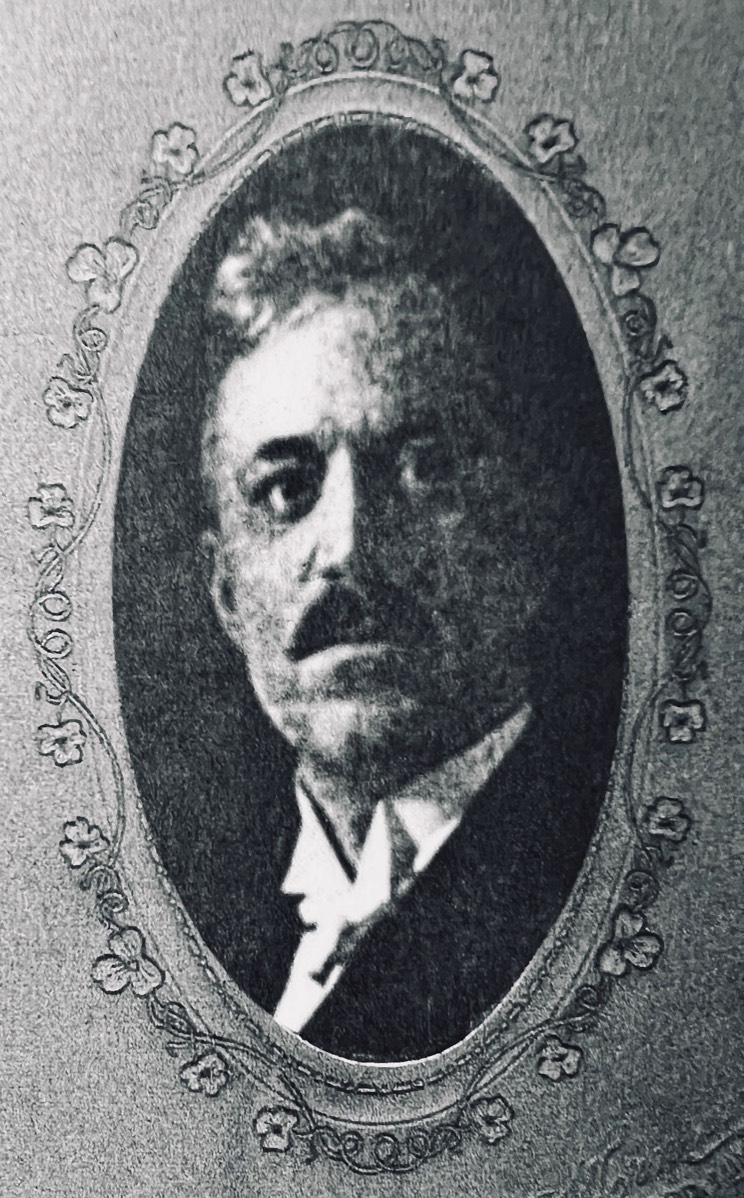
Dr. Hotchkiss 1912-1921
Dr. Hotchkiss opened the first tuberculosis cottage in 1914. By 1916 Dr. Hotchkiss lamented that the hospital was struggling to be identified as a hospital and not an asylum governed by politics. He writes, ‘….state institutions have advanced from mere custodial care ….to the modern hospital standard with its splendid housing and medical equipment, re-educational and training schools…it seemingly must be accomplished in spite of criticism, political interference, professional jealousy, and indifferent public sentiment…keep your trained men in the state institutions and keep your state institutions out of politics’.
Dr. Hotchkiss introduced X-ray equipment as a standard method of sterilizing female patients.
Dr. Hotchkiss opened the first tuberculosis cottage in 1914. By 1916 Dr. Hotchkiss lamented that the hospital was struggling to be identified as a hospital and not an asylum governed by politics. He writes, ‘….state institutions have advanced from mere custodial care ….to the modern hospital standard with its splendid housing and medical equipment, re-educational and training schools…it seemingly must be accomplished in spite of criticism, political interference, professional jealousy, and indifferent public sentiment…keep your trained men in the state institutions and keep your state institutions out of politics’.
Dr. Hotchkiss introduced X-ray equipment as a standard method of sterilizing female patients.
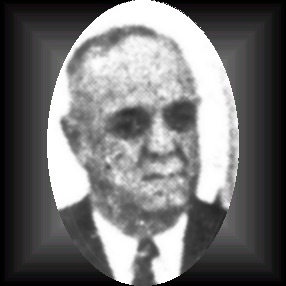
Dr. Guest 1921-1929
At the direction of the federal government, Dr. Guest expanded occupational and vocational therapeutics with expectations for training ex-service patients.
By 1921 all restraints were removed except for the most suicidal patient and it could only be implemented by physician order. This same year the first social worker and dentist were hired, music therapy was established, and community education began.
At the direction of the federal government, Dr. Guest expanded occupational and vocational therapeutics with expectations for training ex-service patients.
By 1921 all restraints were removed except for the most suicidal patient and it could only be implemented by physician order. This same year the first social worker and dentist were hired, music therapy was established, and community education began.
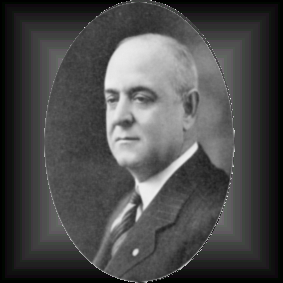
Dr. Carr 1929-1937
Governor William Langer fired Dr. Carr and temporarily appointed Henry Owen. Mr. Owen summarily dismissed more than 75% of the staff, replacing them with NPL members needing jobs. To retain employment the staff were required to pay dues collected by an ex-convict hired to enforce the requirement.
Governor William Langer fired Dr. Carr and temporarily appointed Henry Owen. Mr. Owen summarily dismissed more than 75% of the staff, replacing them with NPL members needing jobs. To retain employment the staff were required to pay dues collected by an ex-convict hired to enforce the requirement.
Dr. Lorenzen 1938-1940
Governor William Langer hired Dr. Lorenzen in October 1937 but he was not officially appointed until 1938. In that year electroconvulsive therapy started, allowance for voluntary admissions was revoked and a Director of Nursing replaced the matron.
The hospital entered a bleak period, governed by inexperienced staff resulting in untimely deaths, patient elopements, and increased use of force and restraints.
In 1939 Clyde Duffy, a special prosecutor hired by Governor Moses published a damning report regarding the hospital mayhem.
Governor William Langer hired Dr. Lorenzen in October 1937 but he was not officially appointed until 1938. In that year electroconvulsive therapy started, allowance for voluntary admissions was revoked and a Director of Nursing replaced the matron.
The hospital entered a bleak period, governed by inexperienced staff resulting in untimely deaths, patient elopements, and increased use of force and restraints.
In 1939 Clyde Duffy, a special prosecutor hired by Governor Moses published a damning report regarding the hospital mayhem.
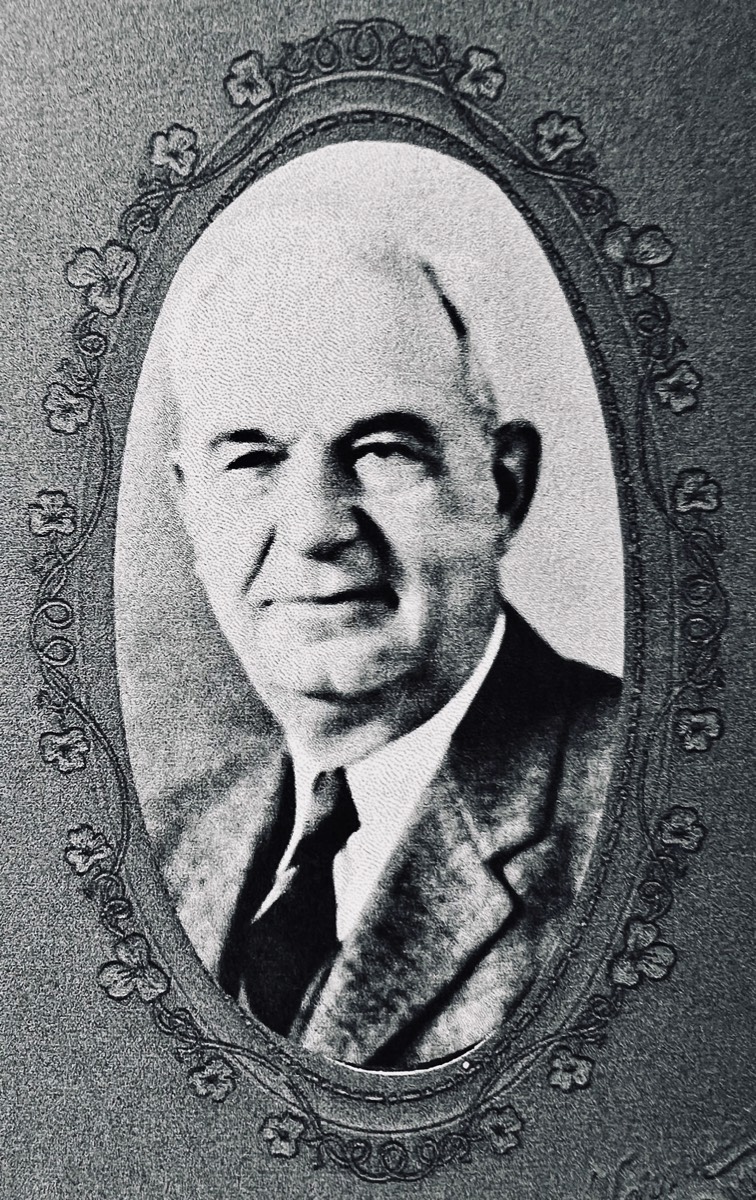
Dr. Fischer 1940-1953
Dr. Fischer demolished Shanty Town, a make-shift village created by patients for their summer dwelling and vocational interests. The inhabitants were long-term hospital patients free to come and go from the grounds and were the primary workforce for the gardens and farms.
By 1946 the hospital population reached dangerous overcrowding at 2026 patients.
In 1951, at state invitation, the Central Inspection Bureau of the American Psychiatric Association evaluated state hospital care. The unfavorable report prompted the governor to request an inspection by the U.S. Public Health Service. The final reports, published in 1952, suggested the increase of mechanical restraints, ECT, and tranquilizing drugs.
Dr. Fischer demolished Shanty Town, a make-shift village created by patients for their summer dwelling and vocational interests. The inhabitants were long-term hospital patients free to come and go from the grounds and were the primary workforce for the gardens and farms.
By 1946 the hospital population reached dangerous overcrowding at 2026 patients.
In 1951, at state invitation, the Central Inspection Bureau of the American Psychiatric Association evaluated state hospital care. The unfavorable report prompted the governor to request an inspection by the U.S. Public Health Service. The final reports, published in 1952, suggested the increase of mechanical restraints, ECT, and tranquilizing drugs.
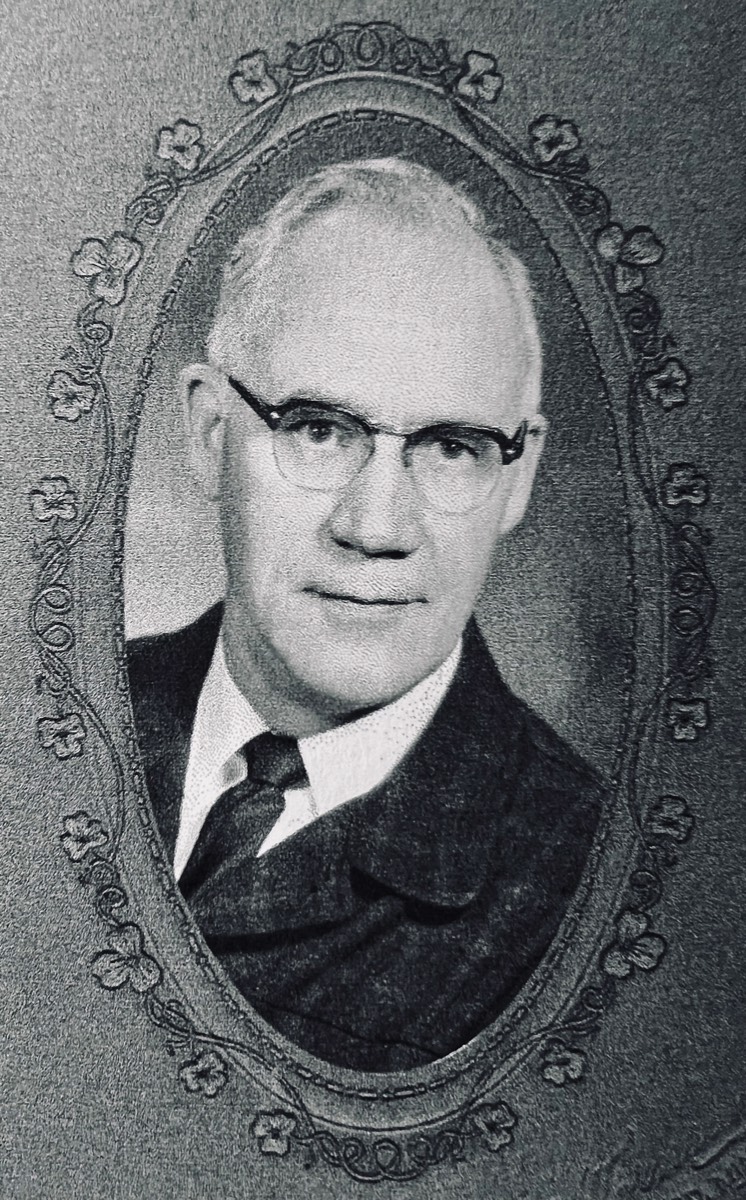
Dr. Saxvik 1953-1958
Dr. Saxvik, a Department of Health physician, was appointed to create a 6-year plan of improvements. He requested funds for the expansion of operational personnel, equipment, tranquilizing drugs, and the creation of an affiliated school of nursing.
By 1954 the hospital opened a new receiving and treatment center, cafeteria, and surgical suite. This same year it opened an outpatient department and the first nurses started their training. Despite this positive direction, Mental Health America published a booklet highlighting the bad hospital conditions.
Dr. Saxvik, a Department of Health physician, was appointed to create a 6-year plan of improvements. He requested funds for the expansion of operational personnel, equipment, tranquilizing drugs, and the creation of an affiliated school of nursing.
By 1954 the hospital opened a new receiving and treatment center, cafeteria, and surgical suite. This same year it opened an outpatient department and the first nurses started their training. Despite this positive direction, Mental Health America published a booklet highlighting the bad hospital conditions.
Dr. Freeman 1958
Dr. Freeman served for a few months in 1958.
Dr. Freeman served for a few months in 1958.
Dr. Palmer 1958
Dr. Palmer served for a few months in 1958.
Dr. Palmer served for a few months in 1958.
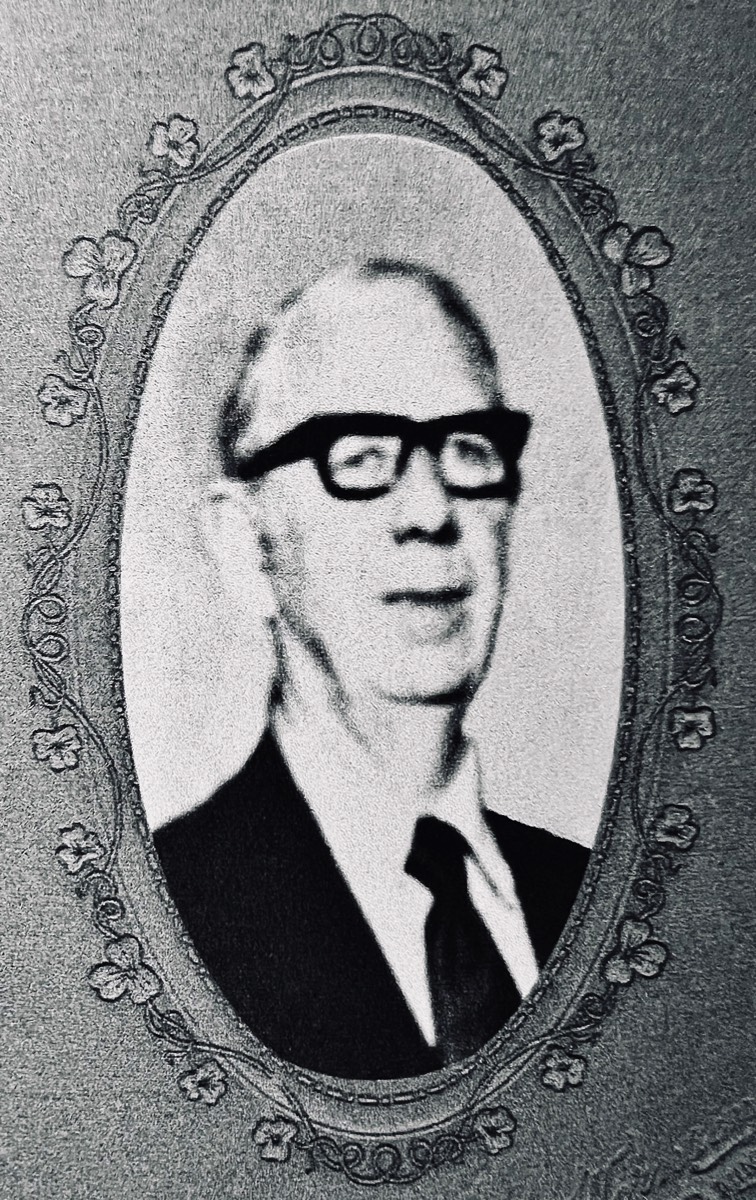
Mr. Lahaug 1959
Mr. Lahaug was the first non-physician appointed as superintendent. He welcomed the newly formed Joint Commission for inspection. The new organization replaced the Central Inspection Board of the APA. April 1961, the hospital received the final report, granting the hospital its first three-year accreditation.
In 1961 the legislature set forth a requirement that the state hospital superintendent be a certified psychiatrist. Mr. Lahaug stepped down as superintendent and became the hospital administrator. He served in that role, and as acting superintendent, until his 1982 retirement.
By 1962 the first patients were placed in foster homes and the creation of outpatient clinics began.
Mr. Lahaug was the first non-physician appointed as superintendent. He welcomed the newly formed Joint Commission for inspection. The new organization replaced the Central Inspection Board of the APA. April 1961, the hospital received the final report, granting the hospital its first three-year accreditation.
In 1961 the legislature set forth a requirement that the state hospital superintendent be a certified psychiatrist. Mr. Lahaug stepped down as superintendent and became the hospital administrator. He served in that role, and as acting superintendent, until his 1982 retirement.
By 1962 the first patients were placed in foster homes and the creation of outpatient clinics began.
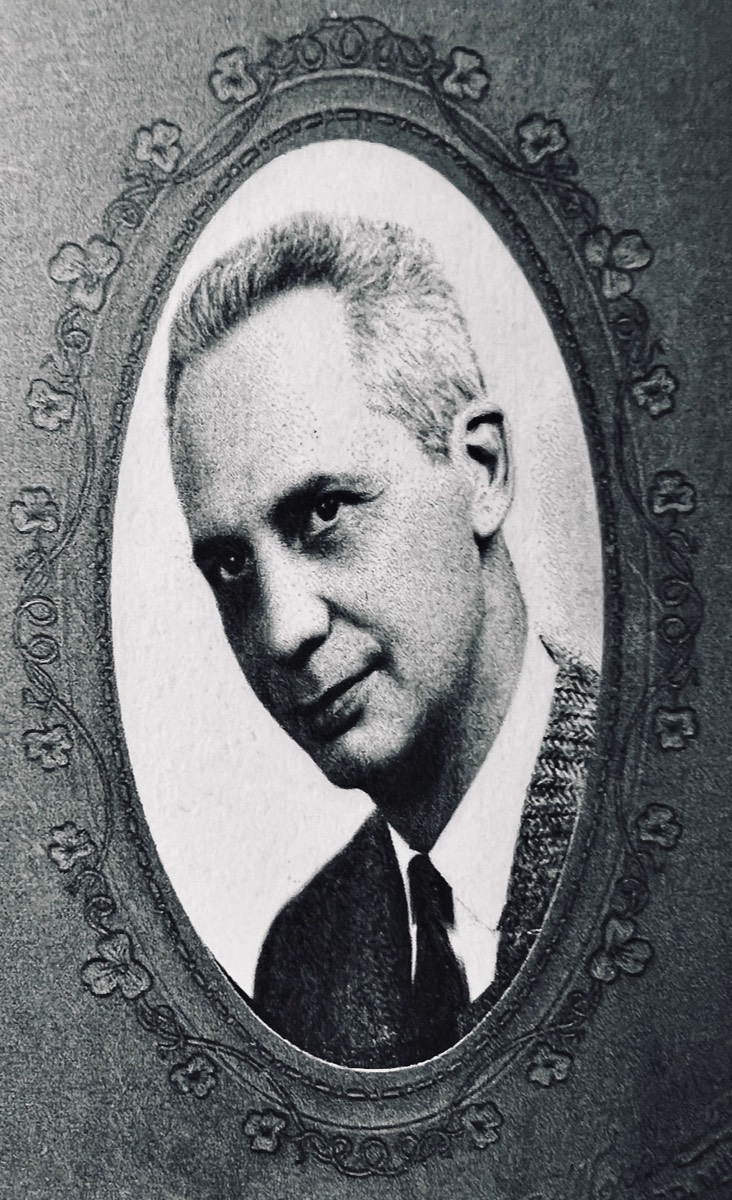
Dr. Carbone 1963-1980
Dr. Carbone created a regional unit system, grouping patients by what counties they came from, and assigning regional teams to follow patients through their hospital and outpatient care. By 1968 community mental health centers were developed.
In 1969 the state hospital received the APA Gold Achievement Award for its hospital and community service program. Also in 1969, the adolescent treatment center opened.
By 1979 the south-central human service center became an independent agency, no longer supervised by NDSH.
Dr. Carbone created a regional unit system, grouping patients by what counties they came from, and assigning regional teams to follow patients through their hospital and outpatient care. By 1968 community mental health centers were developed.
In 1969 the state hospital received the APA Gold Achievement Award for its hospital and community service program. Also in 1969, the adolescent treatment center opened.
By 1979 the south-central human service center became an independent agency, no longer supervised by NDSH.
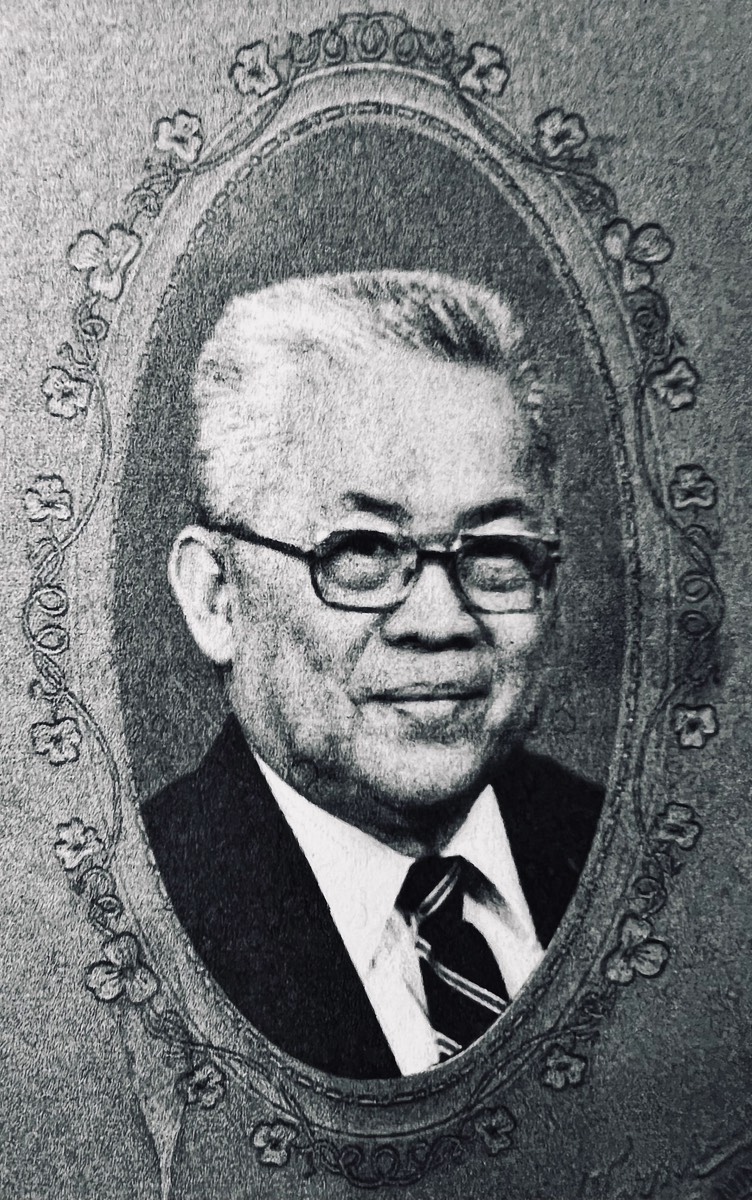
Dr. Aligada 1982-1987
Dr. Aligada abandoned the regional unit system and adopted a functional unit system. The length of patient stay declined. However, the rate of admissions increased and the daily census remained flat.
The Lahaug building opened in 1984 and became the new adult inpatient facility.
Dr. Aligada abandoned the regional unit system and adopted a functional unit system. The length of patient stay declined. However, the rate of admissions increased and the daily census remained flat.
The Lahaug building opened in 1984 and became the new adult inpatient facility.
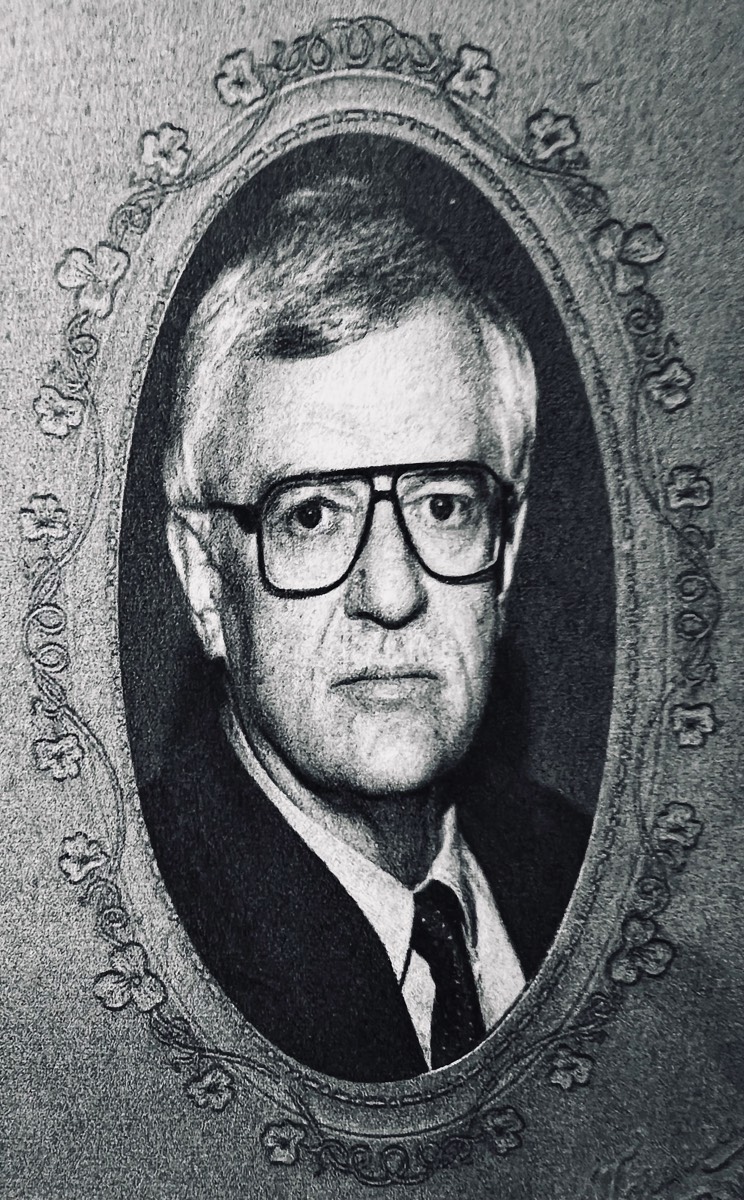
Dr. Kadrmas 1987- 1993
Beef and dairy operations begin phasing out.
A newly passed law created regional intervention services to screen individuals prior to state hospital admissions. By 1989 the community services expanded, further decreasing the hospital census. The 1989 biennial report identified an 85-bed reduction.
Dr. Kadrmas resigned in 1991, frustrated with the state’s pace in changing the mental health system.
Beef and dairy operations begin phasing out.
A newly passed law created regional intervention services to screen individuals prior to state hospital admissions. By 1989 the community services expanded, further decreasing the hospital census. The 1989 biennial report identified an 85-bed reduction.
Dr. Kadrmas resigned in 1991, frustrated with the state’s pace in changing the mental health system.
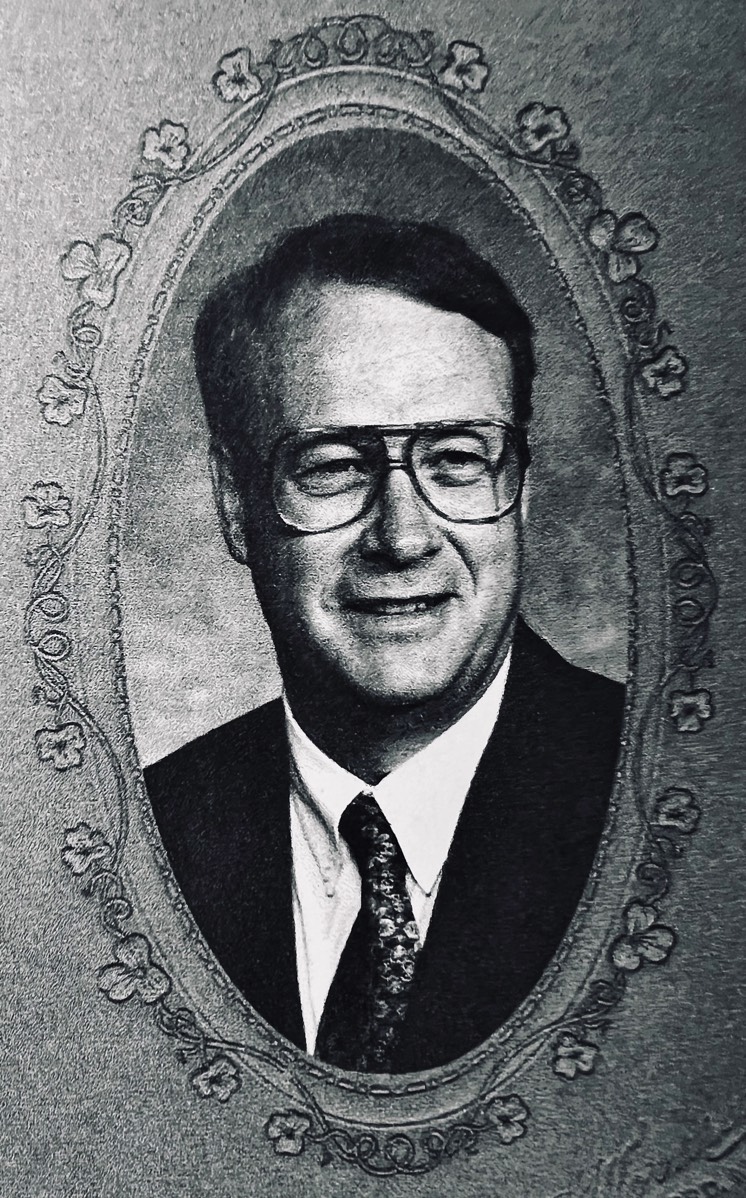
Dr. Karl Ulrich 1993-1994
Consultants, hired by the Department of Human Services, conducted an operations and productivity analysis of the hospital. Dr. Ulrich resigns, frustrated with the state’s identified plan of changes.
Consultants, hired by the Department of Human Services, conducted an operations and productivity analysis of the hospital. Dr. Ulrich resigns, frustrated with the state’s identified plan of changes.
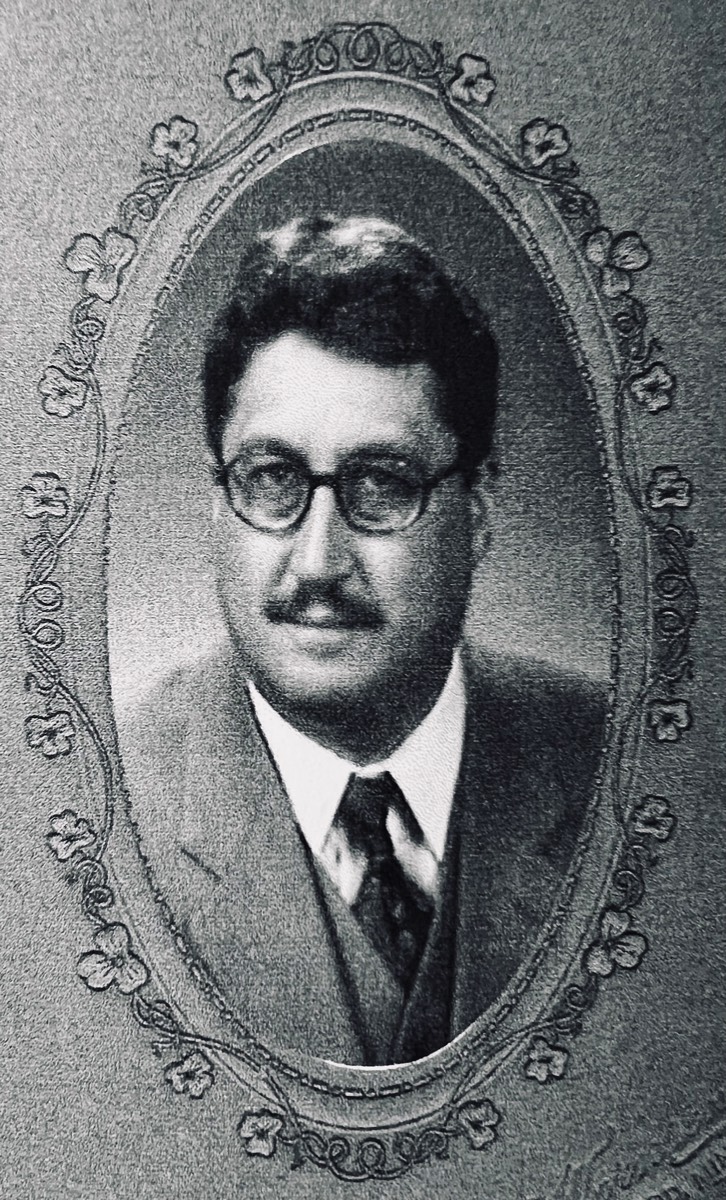
Mr. Alex Schweitzer 1995-2015
Alex Schweitzer was appointed as superintendent after the 1995 repeal of the law requiring the superintendent to be a certified psychiatrist.
Mr. Schweitzer implemented operational changes proposed by consultants Lori Wightman and Richard Paul. Recommendations included the expansion of nursing technician and part-time staffing; decreasing psychiatrists and replace with mid-level professionals; leasing, selling, or demolishing unused buildings; adjusting staffing levels, improving staff productivity, flattening management, improving data systems, and decreasing animosity between hospital and human service centers.
During his tenure, the inpatient census shrunk. Multiple contributing factors include the opening of the state hospital transitional living homes, the creation of specialized nursing home beds for psychiatric patients, the closure of adolescent inpatient services, and the continued expansion of community-based services.
The passage of the sex offender treatment law and the expansion of residential substance use disorders treatment, however, saw the increase of census to higher levels.
Alex Schweitzer was appointed as superintendent after the 1995 repeal of the law requiring the superintendent to be a certified psychiatrist.
Mr. Schweitzer implemented operational changes proposed by consultants Lori Wightman and Richard Paul. Recommendations included the expansion of nursing technician and part-time staffing; decreasing psychiatrists and replace with mid-level professionals; leasing, selling, or demolishing unused buildings; adjusting staffing levels, improving staff productivity, flattening management, improving data systems, and decreasing animosity between hospital and human service centers.
During his tenure, the inpatient census shrunk. Multiple contributing factors include the opening of the state hospital transitional living homes, the creation of specialized nursing home beds for psychiatric patients, the closure of adolescent inpatient services, and the continued expansion of community-based services.
The passage of the sex offender treatment law and the expansion of residential substance use disorders treatment, however, saw the increase of census to higher levels.
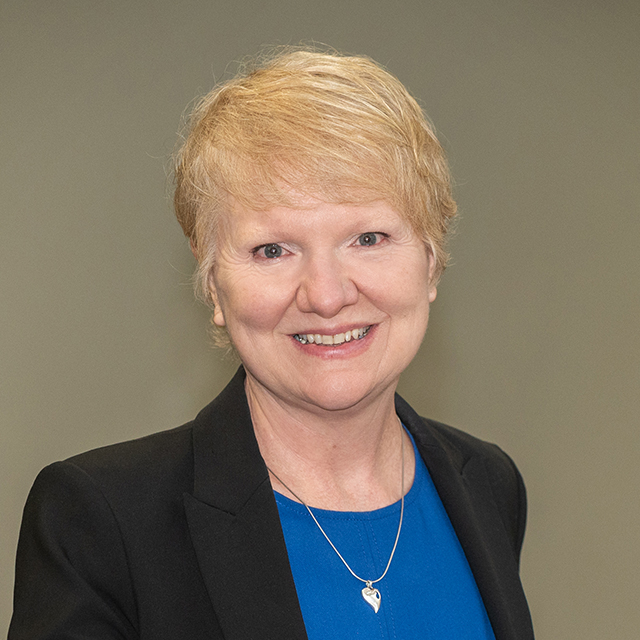
Dr. Rosalie Etherington 2015-2022
Dr. Etherington was appointed as the first female superintendent.
Dr. Etherington expanded specialized nursing home services, unified and automated the hospital and human service center health records, resolved the sex offender lawsuit, created and expanded outpatient forensic services to meet the +400% demand, and successfully managed the demands of the COVID pandemic.
Dr. Etherington participated in multiple studies of the failing physical plant and tirelessly advocated for a new state hospital, the plans of which were approved in the 68th legislative assembly.
Dr. Etherington was appointed as the first female superintendent.
Dr. Etherington expanded specialized nursing home services, unified and automated the hospital and human service center health records, resolved the sex offender lawsuit, created and expanded outpatient forensic services to meet the +400% demand, and successfully managed the demands of the COVID pandemic.
Dr. Etherington participated in multiple studies of the failing physical plant and tirelessly advocated for a new state hospital, the plans of which were approved in the 68th legislative assembly.
The North Dakota State Hospital and Museum Project works for the continued existence of the museum and to collect and make public more information about the hospital's history.
Contact Us